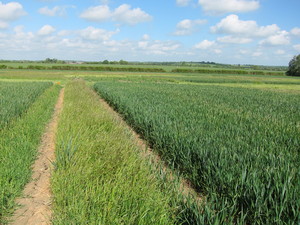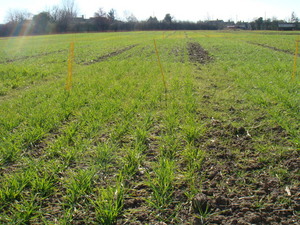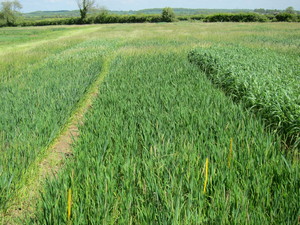Members joined NIAB TAG staff at the Black grass Centre at Little Staughton.
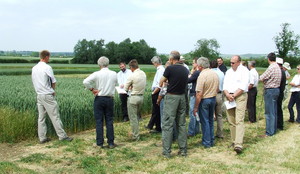
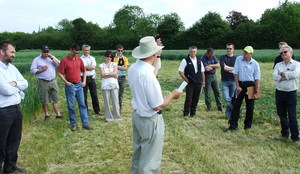
The black grass centre has 3 key objectives:
- Provide a ‘permanent’, dedicated research and demonstration site for black-grass control.
- Evaluate integrated approaches to black-grass management, based on cultural, chemical and ecological components.
- Enable black-grass management studies to be undertaken that require field experiments lasting more than one season.
The objectives are being meet through key studies:
Jim Orson, NIAB TAG Specialist Advisor, was there to explain the study on the Impact of cropping breaks and cultivation strategies on black-grass management. The study combines an evaluation of the effectiveness of cultural techniques with an assessment of their implications for the efficacy required from herbicide programmes. This will be achieved over three years, the first year (2009/10) was an initial winter wheat crop with moderate-high black-grass head count. Year 2, this current cropping year, with winter crop, spring break crop and fallow, all with no inversion and plough cultivations overlaid with an herbicide programme. Year 3, (2011/12), will again be a winter cereal crop with two cultivation techniques. Assessments will focus on black-grass plant and head counts (plus an estimate of seed return) in year 2 (main treatment year) and in year 3 (winter wheat crop).
Overview picture shows the large block design replicated four times:
Pictures show black grass in some of the blocks:
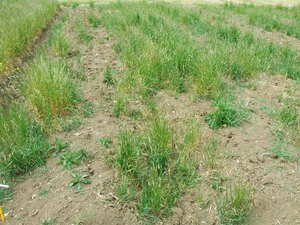
Fallow Plough
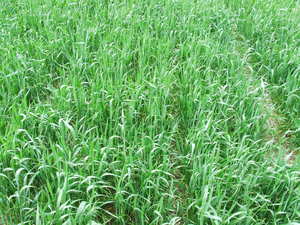
Spring break crop
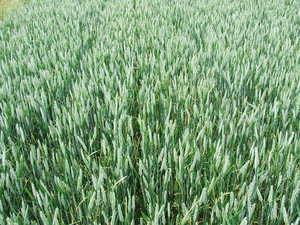
Winter wheat Non inversion
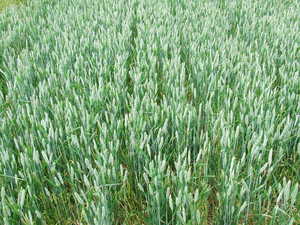
Winter Wheat Plough
A second study on the impact of variety choice and crop density on winter wheat crop competitiveness with black-grass was demonstrated by NIAB TAG weed specialist John Cussans - see the video here:
The study includes 8 varieties chosen for their differing characteristics: tall vs short, broad leaf vs narrow, shy tillering vs prolific. These were drilled at three seeds rates to give low, medium and high crop densities. Each strip then received either a residual only, residual followed by Atlantis or left untreated. The assessments will focus on black-grass plant and head counts (plus an estimate of seed return)
Picture of trial in Spring
Picture of trial in May
Another study looking at Application techniques is also located at this site, with two different herbicides, and different nozzles at 100 and 200L/ha water volume. This is an NAC trail and is the 5th year of a study looking at spray parameters. Over the whole study we have observed clear benefits for certain nozzles in specific conditions and an important conclusion regarding the impact of water volumes on herbicide efficacy.
The information from these studies is currently being compiled.
It’s clear that the site has an high black grass weed pressure. There were clear benefits seen from using certain nozzle types. The cultivation study has already shown visible differences between the non inversion and plough cultivations, and the absence of black grass in the spring break crop, it will certainly be interesting to see how Year 3 wheat crop fairs.

